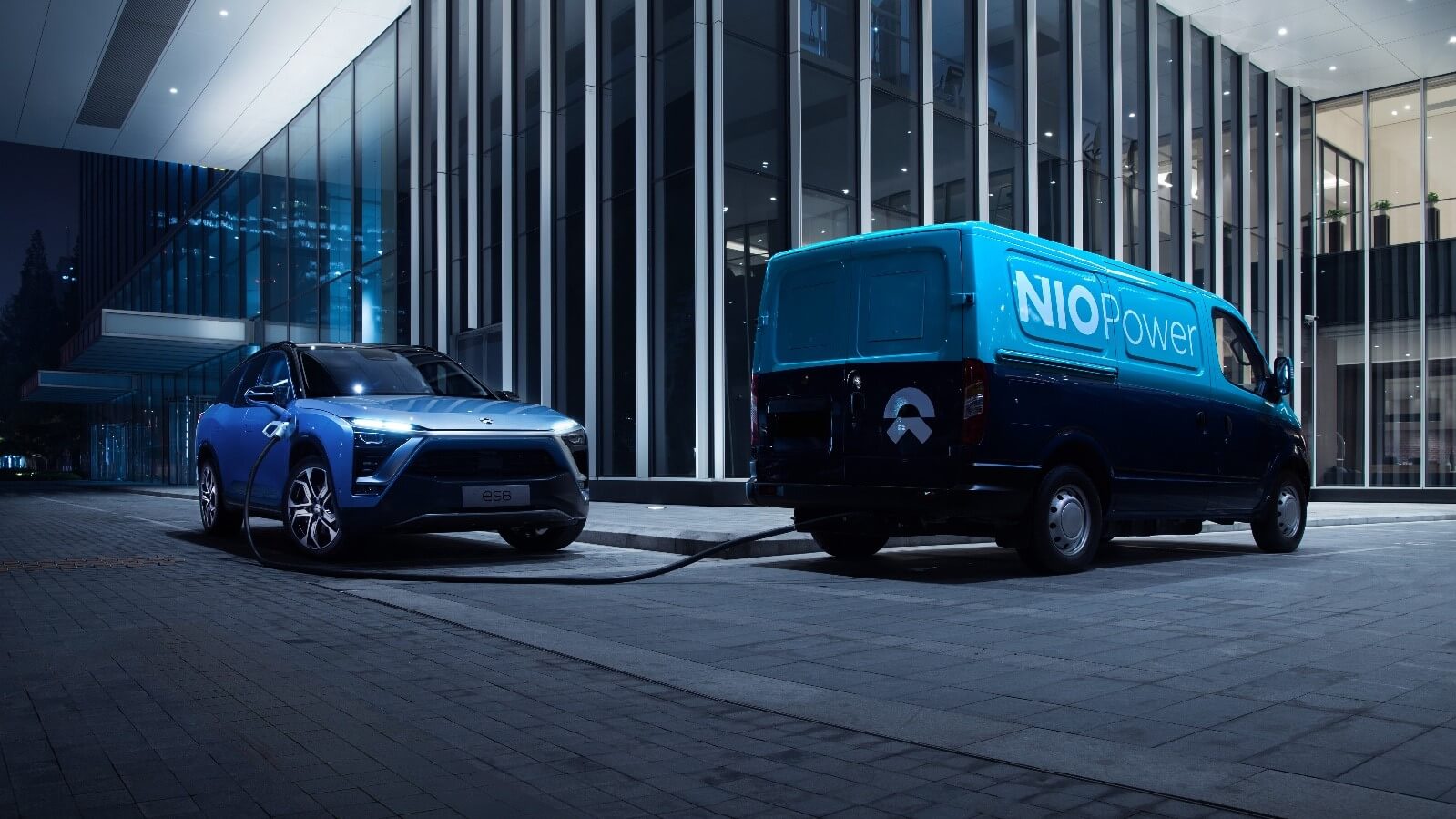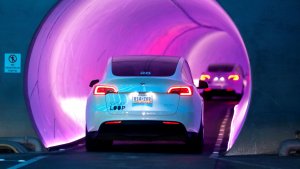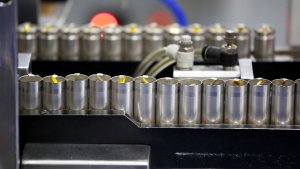Has China Found The Answer To EV Range Anxiety?
Lack of range is a brake on the popularity of electric vehicles, but that could be about to change.

Electric vehicles (EV) have been around for years and are gaining in popularity. Toyota released its first hybrid in 1997 and has since gone on to sell more than 10 million hybrid cars.
As technological advancements are made, more mainstream car brands are entering the market and models from MINI, Mercedes, Audi, Honda and BMW are on the way.
But electric vehicles are not ubiquitous or even a challenger to fuel-powered cars. By June 2019 in the UK, there were approximately 219,000 plug-in cars registered, an admittedly huge increase from the 3,500 registrations in 2013. So, there’s a healthy growth curve – but why isn’t it bigger?
One of the biggest challenges to face a prospective EV owner is that of range. How many miles can be driven on a single battery charge and where the nearest charging station is when the battery is dead. Such a huge hurdle even has its own descriptor – ‘range anxiety’.
Battery power and charging point infrastructure are the two main factors behind range anxiety. A typical EV has a range of around 150 miles, compared to the 400-500 miles you might expect to get from a similar sized petrol car.
With daily commutes often in excess of an electric car’s range and public charging locations in the UK mainly located in urban areas, an electric charging point at home might seem like the only answer, providing you don’t live in a tower block.
And then there’s the time it takes to charge your EV from empty to full; a typical car takes around eight hours with a 7kW charging point.
One solution may lie in the East where a burgeoning EV market is creating novel solutions to address consumer reticence. For example, Chinese EV leader NIO has come up with a series of innovative solutions that, at least for the electric vehicles owners in the main conurbations of China, address these challenges beautifully.
NIO Power is what the company calls, ‘an experience beyond refuelling’. The charging solutions are based on IoT technology and offer consumers access to NIO’s ‘One Click For Power’ services via an app on their device.
Whilst each on its own doesn’t solve range anxiety, NIO claims that each is a jigsaw piece that when combined, provides a solution that users can trust.
Power Swap – Taking up a footprint of just three car parking spaces, NIO’s unique battery swap stations can exchange a flat battery for a fully charged one in under three minutes, less than the time it takes to refuel a conventional car.
The battery packs are then charged and stored in the station, ready for the next user. The stations also perform battery and system checks to ensure that each car runs at its optimum and provide a method for users to upgrade their battery without upgrading their car.
The company now has 125 ‘battery swap’ stations of which 93 are in 29 cities and 32 strategically located along the G2 and G4 expressways. Whilst not the only answer to range anxiety, they offer a fast option to users looking for a full battery.
One Click For Power – If EV users in China misjudge their vehicle’s range and are too far from a charging stations, they can dial NIO’s ‘One Click For Power’ via the app and order valet and mobile charging services.
The valet service is where they take your car to a charging point or battery swap station, while the mobile service sends an electric van to you with power-banks that can charge the car’s batteries in 10 minutes, providing sufficient power to last more than 60 miles (100 kilometres).
According to the company, ‘One Click For Power’ service has been used more than 100,000 times by 70% of NIO users since its introduction in 2018.
Earlier this year, the business opened the service to owners of other brands, creating the unusual scenario of a NIO van charging a Tesla. Owners will be able to pay 280 yuan (£33) through the NIO app to have their vehicle charged.
Power Charger – Announced in April 2019, NIO’s supercharger stations offer faster charging facilities to increase battery levels from 20-80% in 30 minutes.
For those that want a bit more assurance, the ‘Worry-Free Power Plan’ can be purchased, providing users with valet charging and battery swapping services 15 times per month, and a monthly rebate for power used on any charging services.
The future is electric
Government subsidies in China have helped users purchase battery electric vehicles (pure EVs) and sales soared by 51% to 984,000 in 2018.
While those subsidies will be phased out by the end of 2020, the China Association of Automobile Manufacturers reported first quarter EV sales in 2019 doubling to 227,000 with no sign of slowdown.
NIO’s approach to electric car infrastructure and servicing certainly seems to be removing range anxiety as a barrier to buying for Chinese drivers. The firm, only founded in 2014, has already delivered over 18,000 vehicles.
Whilst no plans have been fixed for its cars and novel power solutions to come to Europe or US, both are seemingly part of longer-term plans. Until then, just like our chargers, we might have to just wait a little longer.
Thanks for signing up to Minutehack alerts.
Brilliant editorials heading your way soon.
Okay, Thanks!


